Every year since 2020, thousands of women take part in the annual Solo Female Travel Trends Survey, the largest, most comprehensive and only global research study on solo female travel statistics, trends, preferences and behaviors, now on its 5th consecutive year.
On this page, you will find the 2025 results, last updated on the 8th of March 2025, International Women’s Day.
Executive summary:
Women are the travel industry’s driving force;
They are the decision makers, they control their family’s discretionary spend, they make up the travel industry workforce, and they are increasingly traveling solo. But if positions of power continue to be occupied by men, women’s needs will remain underserved.
Savvy travel companies, large and small, have identified this opportunity and launched a multitude of women-focused products like our women-only, female-focused tours. But success is still undefined, and up for grabs by those who better understand the true motivations of the female traveler.
=> This page offers insights into the wants, worries and experiences of women traveling solo.
A. Why women should matter to your travel business

The travel industry no longer questions the relevance of the female and solo female traveler.
For the 5th consecutive year since we launched this survey, the outpouring of data and studies continue to highlight the importance of this growing segment.
1. Women are increasingly traveling solo
“Feature experiences of empowered women (if you see it, you can be it).”

Searches for the term “solo female travel” increased 3 fold during the 4 years preceding the beginning of the COVID 19 pandemic, recovered in 2022, and surpassed the January 2020 peak in early 2024.
Solo female travel is not a new travel style; it has slowly been growing over the last decade and is becoming mainstream.
2. Women make most of the travel decisions
“Invest in women travelers in a way that correlates with the statistics of how many travelers and travel decision makers are women. Make more of an effort to promote women owned and run businesses and hire more women for your own companies.”
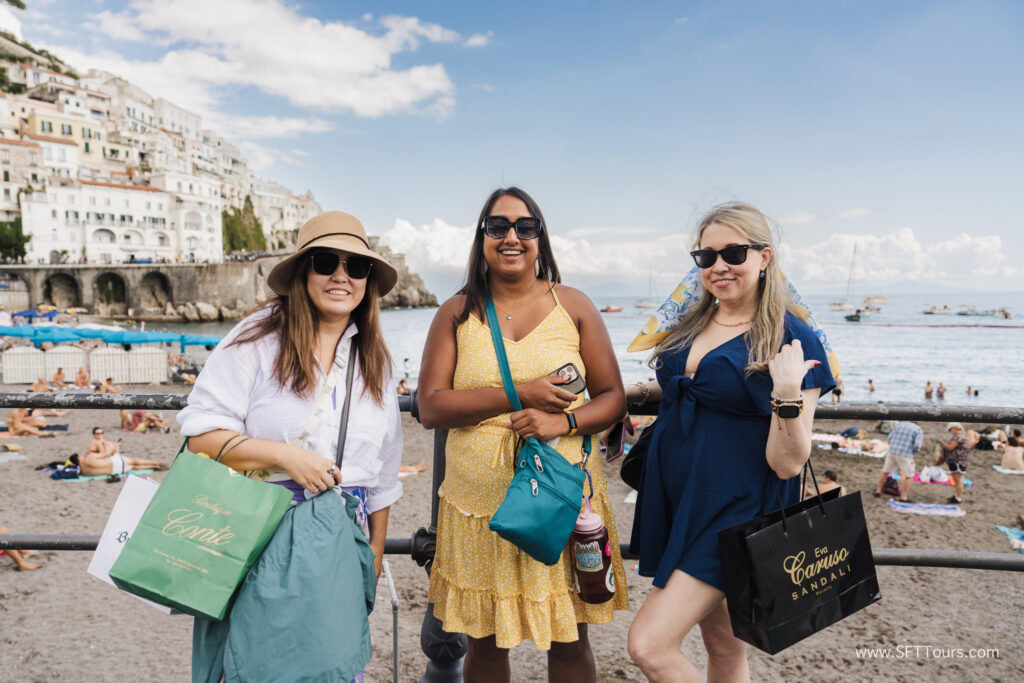
According to Skift, 82% of all travel decision are made by women and women are projected to control 75% of all discretionary income by 2028.
Women are the real travel influencers.
Building trust with women offers the opportunity to connect on a deeper level with the decision maker in travel beyond the solo trip.
A positive experience with a brand as a solo female traveler will open the doors to future bookings as a family, couple, group of friends or even for a business trip.
3. Women’s travel reality and needs are neglected
“I feel like I’m always making up excuses like “I’m visiting or meeting a friend” rather than “I’m exploring this place myself” due to the safety concerns of traveling as a solo woman.”

Women occupy the majority of jobs in the travel industry, yet they make up only a small percentage of the executive positions.
The experience female and non-binary travelers have when traveling solo is distinct from the experience of their male counterparts, as described in detail in this survey.
Most men have never faced, or even considered, the difficulties and worries that women have to constantly deal with when they are exploring the world solo.
If strategy, product design and offering is left to an overwhelmingly male majority who cannot relate to the the solo female traveler challenges, the segment will continue to be neglected, and underserved.
In communication campaigns, the travel narrative focuses on couples and families and does not speak to the solo traveler, let alone the solo female traveler.
This presents an enormous opportunity for savvy brands and destinations to get to know us better and to offer products that understand our challenges, needs, and motivations.
Navigation: Summary of stats I Detailed stats | Get tailored reports I Previous year’s reports
B. Key Solo Female Travel Statistics

Below is a summary of the top-20 statistics from the 2025 Solo Female Travel Survey. In the next section you will find the detailed analysis.
Legend: Change from 2024 results
1. Solo female travel is a travel style, not a lifestyle: Only 23% of respondents are exclusive solo travelers, the majority also traveled with others in the last 12 months.
2. Interest in group travel is strong: 14% plan to travel on a women-only trip in 2025, 22% on a mixed-gender group trip. These figures have increased from 2022, 2023 and 2024.
3. Women travel solo because they want to: The main reasons women travel solo are: 1) Freedom and flexibility (87% ), 2) Escape from routine and responsibilities (83% ), 3) Relax, self-care and enjoy me-time (79% ), 4) Challenge themselves (74% ). This ranking holds for all age groups and has remained stable since 2020. 55% of women travel solo because they have nobody to go with.
4. Women worry a lot when traveling solo: 1) Personal safety (66% ), 2) Higher costs vs splitting costs with a travel companion (66% ), 3) Something bad happening (37% ), 4) Language barriers (42% ), 5) Getting lost or feeling lonely (35% and 33% ). 20% worry about dining alone.
5. Barriers to starting solo traveling: Those who have never traveled on their own worry about safety (59% ) and about higher costs (71% ). 44% do not travel solo because they wouldn’t have someone to share the experience with. 15% would feel guilty leaving loved ones behind and 11% don’t travel solo because their husband or family are against it. 11% didn’t know solo travel was an option for them. 75% would be more likely to book a solo trip if joining a women-only tour.
6. Experience helps feel safer: Safety worries decrease from 77% to 55% for those with more than 10 solo trips vis-a-vis those who have taken less than 5. Even though experience helps, safety remains a universal and unanimous concern for solo female travelers.
7. Safety concerns are warranted: 21% of solo female travelers have feared for their safety in the last 12 months during a solo trip. 1% of the respondents did not manage to keep themselves safe.
8. Women protect themselves with safety devices: 17% of respondents carried self-defense items when they traveled in 2024, from guns (predominantly US domestic travel) and knives to key rings, pepper spray, alarms or whistles. Airtags are increasingly used as safety devices and a means for their loved ones to track them. 37% used anti-theft bags on their trips. The older the traveler, the higher their likelihood of using one (Boomers 53% vs. Gen Z 25% ).
9. Insurance: On their solo trips in 2023, 55% of respondents always bought travel insurance and 47% always bought medical insurance.
10. Your own country is your best first solo trip: 16% of respondents recommend one’s own country for a first solo trip.
11. Europe remains the Best international destination for a first solo trip: European countries (54% ) are the best destination for a first solo trip. The top countries are UK, Italy, Thailand, Spain, Japan. These are the same countries mentioned in the previous years but Japan replacing Portugal.
12. Women traveling solo trust recommendations likeminded women & loved ones: Advice from solo female travel Facebook groups (81% ) is the most trusted, more than recommendations from friends and family (72% ) who may not have experience traveling solo, Online review sites (64% ), and Travel blogs (62% ).
13. Least trustworthy recommendations come from: TV (48% ) and Online ads (47%), Influencers (31% ), Online and print magazines (19% ). Government travel advisories went from not trusted in previous years (hello pandemic) to trusted by 56% in 2025.
14. Bucket list destinations: The most desired solo destinations are Japan, Australia, Iceland, Italy, Greece, and New Zealand.
15. Favorite city for a solo trip: London, Paris, Rome, Barcelona & Tokyo top the list for a solo trip thanks to the cultural offers, the many things to do, relative safety and ease of getting around. New York drops from the top of the list (vs 2024), Tokyo gets added.
16. Women choose destinations based on its overall appeal: Cultural attractions (77% ), Beauty of a destination (69% ), the Local cuisine (65% ), Safety of the destination (62% ), Access to nature (59% ), Good weather (57% ), Friendliness of the locals (54% ), Value for money (53% ) and the Country’s reputation (50% ) are top decision factors.
17. Unimportant aspects when choosing a destination: Closeness to home (2%), Opportunities for Instagram shots (9% ), the way the destination handled COVID (8% ) or good shopping opportunities (12% ), are not important in 2025.
18. The local connection is important: 65% actively tried to meet locals during their solo trips, 59% of solo female travelers used the services of a guide at least once.
20. Purchase decision factors: Price drives the decisions of 56% of women when choosing a travel provider. Beyond price, 33% of women traveling solo care about a travel provider’s eco-friendliness and care for the environment, 29% care about whether a business is locally owned, and 22% values its social responsibility. 15% of women value female-owned businesses.
Also on this page: Detailed statistics | Get tailored reports I How to better serve solo female travelers
C. Detailed Solo Female Travel Survey Results – Analysis and Statistics
In this section, you will find detailed solo female travel statistics, analysis, graphs and insights. You can scroll to the bottom to find details of the methodology and the respondents.
1. Solo is a travel style not a lifestyle
“I wish the travel industry understood that many of us choose to travel solo because we love it—not because we’re lacking something. We’re independent travelers with money to spend, and we deserve to be treated with the same respect as any other guest.”

Solo travel isn’t a lifestyle, it’s a travel style. If women want to go somewhere friends and family can’t or won’t go to, they simply go by themselves. They understand the benefits solo travel brings and are not waiting for others to reap them.
Social media influencers on Instagram and TikTok have greatly contributed to bringing awareness to solo travel as an option and dispelling various travel myths that have historically been a barrier.

Findings / Key Insights
- Just 23% of respondents only traveled solo in 2024, down from 28% in 2023; the majority of women who travel solo also travel with others.
- Boomers and childfree / single Gen X are particularly keen on solo travel. Childfree Gen X, want to continue traveling despite their social circle having shrunk. Boomers who may have just divorced, become empty nesters or retired are more aware than ever of the decreasing available time and physical stamina.
2. Interest in group travel continues to grow
“What a transformative experience. I spent New Years Eve 2024 / 25 with the group in Oaxaca. Oaxaca itself is absolutely amazing, but with this group we had all the inside access to local, women-owned, craft markets with so much contextual insights and delightful people. From the markets, the archeological sites, weavers, carvers, cooks, pottery, mezcal – I feel like I got to see so much of what the community is made of. And then it’s all the little details – everything was on time, comfortable, I don’t eat meat and they always took care of me. The women who joined on the tour were varying ages, but each one had the same intention of supporting women owned businesses and a desire to learn more about the Zapotec community. I’ve now made new friends!” – Traveler on Oaxaca women-only tour
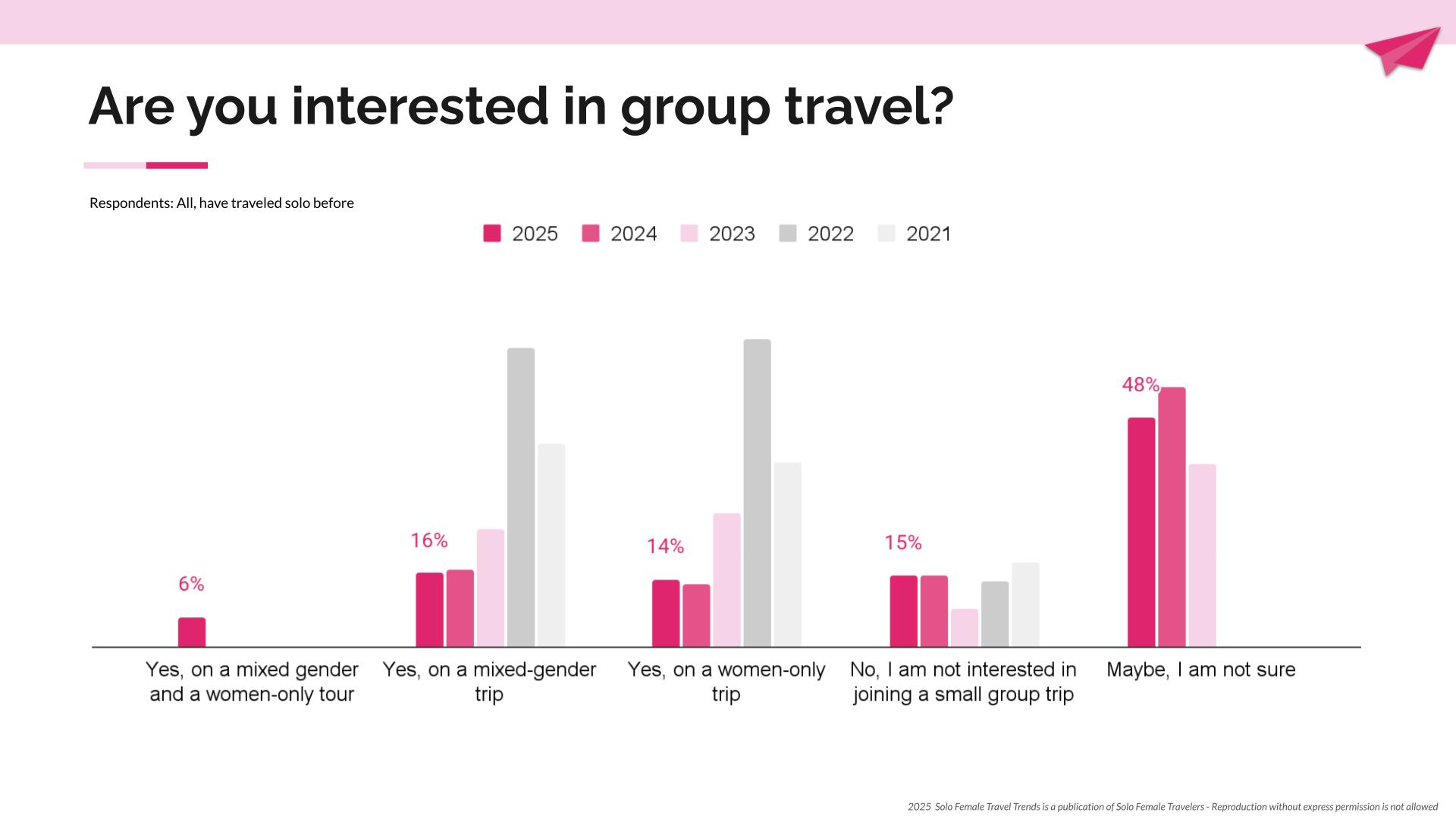
Group travel, both in gendered women-only groups and co-ed versions, continues to rise as more solo travelers try out this style.
Groups provide a safe, convenient and fun setting for beginner solo travelers and more experienced ones to explore the world, meet new people and have their travel dreams come true without the need to plan anything themselves.

Findings / Key Insights
- 36% traveled solo on a small group trip in the last year and 36% , said they would do so in the next 12 months, either mixed or women-only.
- 8% joined a small group trip with girlfriends; Group travel is also a great way to outsource planning when traveling with others.
- 15% are not interested in group travel while 48% are undecided.
- 75% Women who have never traveled solo before would be more likely to do so on a group tour; 51% would choose a women-only tour, 6% on a mixed gender group and 24% on either.
3. Women travel solo because they want to
“I wish that travel ‘professionals’ in some countries would stop asking about my husband (I don’t have one) and if he’s ok with me travelling without him. This question is asked so often, and as much as I try not to let it bother me, it does. Not for the fact I’m not married, but the expectation I need someone’s permission to be travelling.”

Stereotypes and misconceptions about why women travel solo persist despite recent growth. Without understanding that most solo female travelers choose this travel style, the travel industry (and society) continues to fail to tap into this segment.
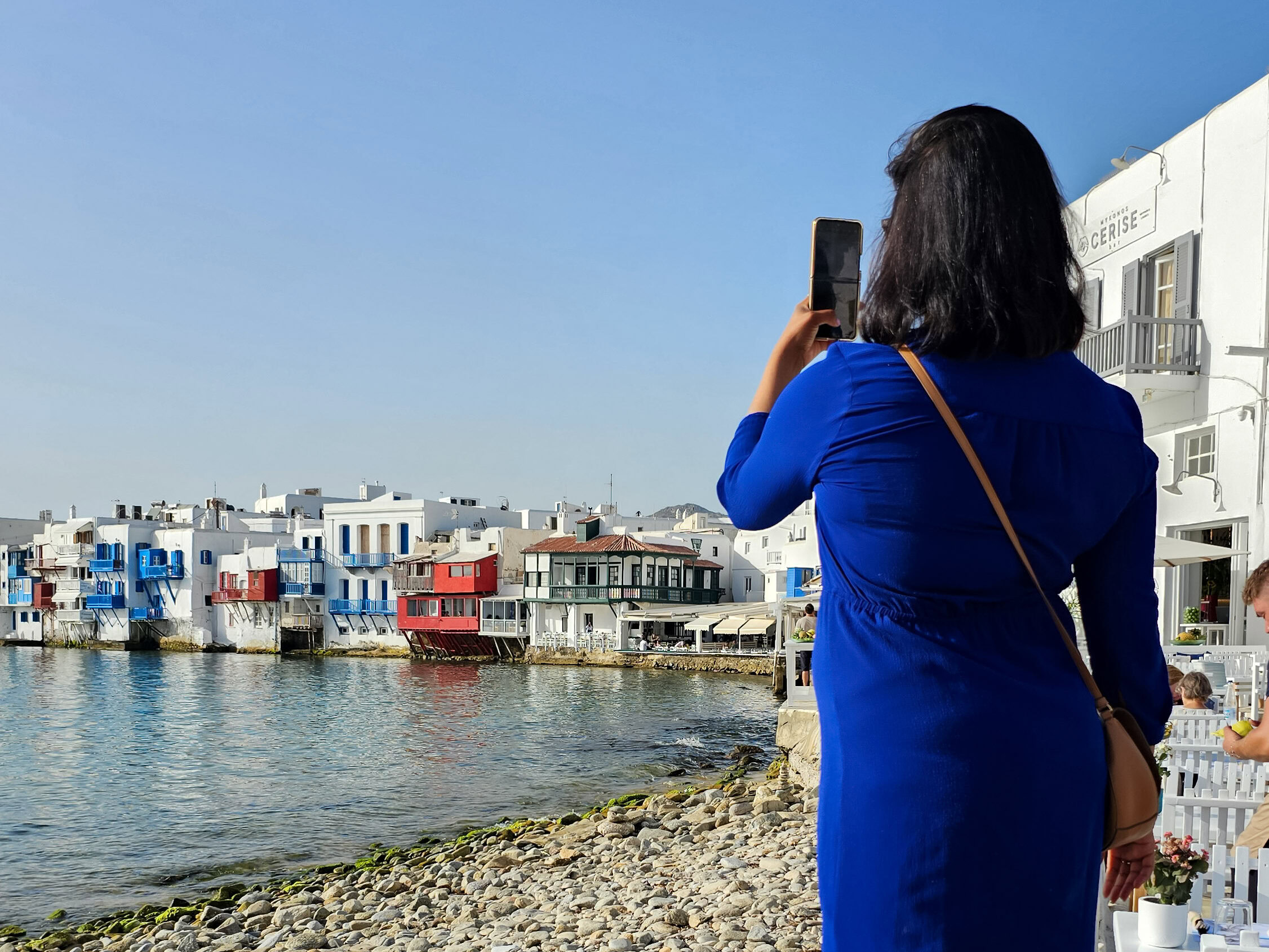
Findings / Key Insights
- No partner, no problem! 55% travel solo because they have nobody to travel with and aren’t waiting on others. 45% choose to travel solo.
- The top 3 reasons are related to women putting themselves first: 87% cite the flexibility it affords not having to compromise, 83% are getting away from routine and day to day responsibilities and 79% are looking to relax and pamper themselves, without having to take care of the needs of others.
- 74% of respondents seek to challenge themselves, a key benefit of solo travel. 58% look for self-improvement.
- 66% travel to connect with locals and 61% to meet people. Dating when traveling is a common topic of conversation in our online community and dating apps are a great way to meet people of the same or opposite gender.
- 36% travel solo to reset and heal from a major life transition such as divorce, the loss of a loved one, a major illness, becoming an empty nester, etc.
- For those who have no-one but prefer a travel buddy, small group trips of likeminded women, online communities, various travel apps and other channels have exploded to connecting travelers with locals or other travelers heading in the same direction.
4. Safety worries 66%, a consistent figure since 2020
“Expand understanding of safety beyond what is common (physical). It’s important to truly understand the complexity of psychological safety.”

Fears related to COVID have now disappeared and given way to the rest of the structural worries of women traveling solo which are unique to the female experience and limit what women do when they travel solo.
“I miss out on the nightlife of my destinations because I’m not comfortable going out after dark on my own.”

Findings / Key Insights
- 66% worry about safety when traveling solo, down from 70% in the 2024 edition but within the average of the last 5 years.
- Experience solo traveling reduces the safety concern. 77% of travelers with fewer than 6 solo trips worry about safety vs. 55% of those who have traveled solo more than 10 times.
- Beyond safety, solo female travelers most worry about the higher costs of traveling solo (66% ) due to the lack of a travel partner to share costs with. Travel saving hacks and free accommodation options via work exchanges, home swaps and alike are fast growing in popularity.
- Language barriers (42% ) which can be alleviated by learning the basics through language apps or the fear of feeling lonely (33% ) are some other worries of solo travelers. Going to a restaurant, a bar or a concert alone continues to come up as a frequently asked question in our online community.
5. 1% were the victim of a crime when traveling solo
“I stayed in a hostel before where they had a number printed on the wall in your bunk to message incase of any problems through the night. I didn’t need to use it but I thought it was a good idea and it’s nice to know you can easily get hold of someone if you needed to.”
Women’s fears when traveling solo are founded in the reality that solo female travelers are more vulnerable to crime than other groups and are often seen as an easy target to opportunistic criminals.
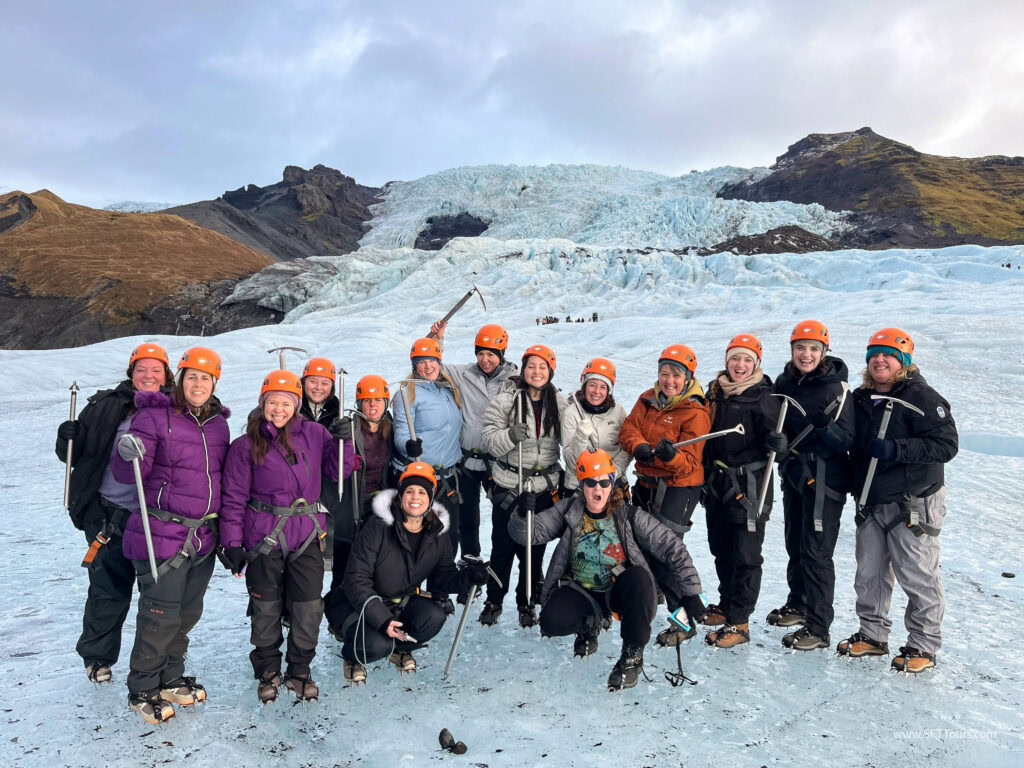
Findings / Key Insights
- While 66% worry about their safety prior or during a solo trip, 25% said they found themselves in a dangerous situation while traveling solo. 1% of total respondents indicated they did not manage to keep themselves safe.
- Most women who were the victim of a crime during a solo trip had their belongings stolen (wallet, cash, phone), were scammed or sexually assaulted*.
*Limited responses were recorded on the details of the crime committed.
6. Small group trips are the stepping stone for inexperienced travelers
“Maybe if there a certified accommodation or transportation designed for solo female travelers, more families will be more at ease in letting female family members to travel. Females will feel more confidence knowing that there’s support system out there. Some females grow up with conservative family or tie to norms or traditions; to travel by themselves would be the biggest transition in life.”

In order to complement our research, we also drew a sample of 1,100 responses from women who have yet to travel solo, and asked what is stopping them.
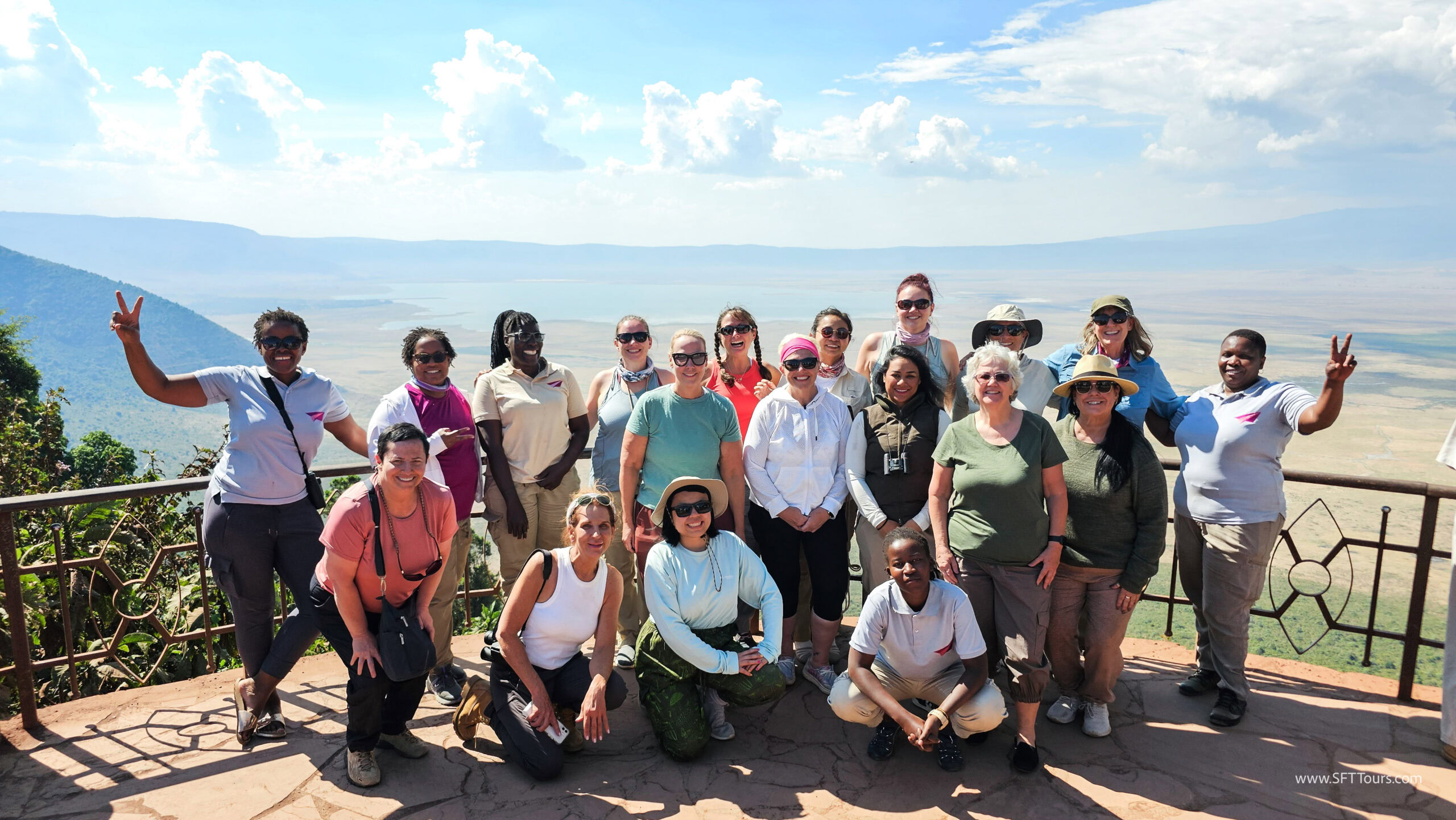
Findings / Key Insights
- 71% of women who haven’t traveled solo yet said they can’t afford the higher price, this is the number one reason this year for the first time. Safety drops to no.2 position and is mentioned as a barrier to solo travel by 59% .
- There are a variety of other reasons: 49% worry about getting lost, 44% not having someone to share the experience with, 43% having to plan everything on their own and 41% about language barriers. 38% .
- Society’s expectations on women also prevent them from traveling solo; 11% said their partner is against them traveling alone, 15% indicated they would feel guilty leaving their family or husband behind. 6% said their community is against it.
- 75% of women who have never traveled solo would be more likely to do so in a small group trip. 11% didn’t consider it a travel option.
7. Safety kit: personal defense tools, insurance, local guides and anti-theft bags
“I always get a SIM card so I have internet and if anyone makes me feel threatened I used my voice a lot (shouting works very well in many countries especially for a woman !)”
Women use a variety of strategies and measures to improve their safety.
Self-defense tools have proliferated and range from travel pepper spray cans that can be clipped to a backpack strap to personal alarms, from safety apps with SOS buttons that alert the authorities in case of an emergency to the simple Airtags, the latest lightweight safety hack.
Anti-theft bags continue to be the best way for travelers to protect their belongings, especially in popular European cities.

Findings / Key insights
- Insurance is a must for solo female travelers: 83% buy health insurance and 76% purchases travel insurance before a trip. Boomers are more prudent than Gen Z.
- 6% of respondents carry regulated safety devices such as pepper spray, guns (predominantly US domestic travel) or knives on largely domestic flights or road trips. Legal alternatives to pepper spray such as mosquito repellent or hair spray, are commonly mentioned.
- 14% carry legal items such as personal alarms, whistles, hotel door locks / alarm, etc.
- Boomers are the most cautious: They use anti-theft bags more often, almost always buy travel and health insurance and are more likely to carry other safety devices, book local guides and generally plan more extensively.
8. The ideal first-time destination is your own country or Europe
“Start slow, in your own country, so you know what to expect, speak the language and do not have to take so many decisions every about the small things”

When concerned about the risks of a solo trip, the unanimous recommendation is to start within your own country.
When it comes to international travel, the top-5 best destinations for a first solo trip remain largely unchanged year after year, and include popular countries with lots of visitors, great tourism infrastructure, lots of things to do and see to satisfy every type of traveler, and a great feeling of safety.

Findings / Key Insights
- 16% recommend the traveler’s country of origin as the best destination for a first time solo trip. The culture shock is lower (same country, language, similar culture and traditions, etc.), thus reducing a lot of the uncertainty.
- 54% recommend Europe for a first solo trip as a woman. It’s easy to get around, it has something for everyone and it is safe.
- The top countries for solo female travelers are the UK, Italy, Thailand, Spain, and Japan. Japan replaces Portugal but the rest remain unchanged since 2020. France, the world’s most visited country, continues to be missing from the list.
- Women who haven’t traveled solo yet have Italy, Greece, UK, Japan, and Iceland on their list for a first solo travel destination.
9. London, paris, Rome, Barcelona and Tokyo are fav cities for a solo trip. New York is dethroned
“Easy to navigate, plenty to see, but also gets you a solid change of pace from the norm.”
Popular cities with lots to see continue to be favorite destinations for solo travelers. They offer a lot to everyone so they are a good choice no matter the kind of travel you like to do, they are accessible and easy to get to, and they offer a variety of budget options with women-only dorms for those on a budget and luxury pampering alternatives if you want to splurge.
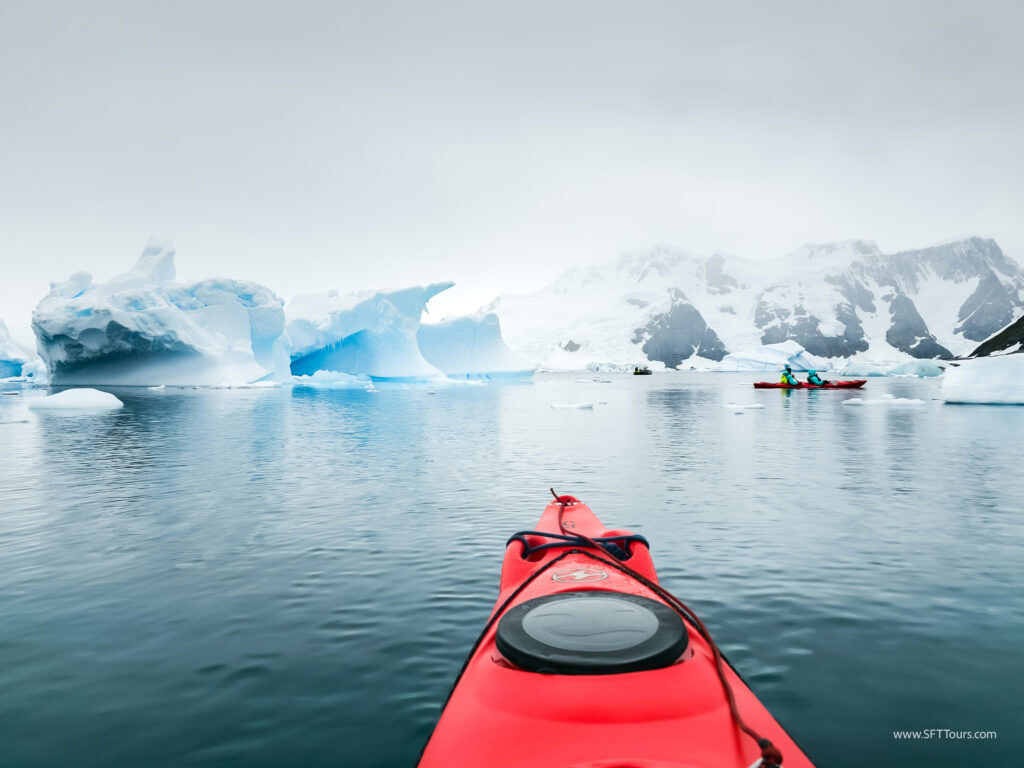
Findings / Key Insights
- The most remarkable change from 2024 is the drop of New York City from the top spot to spot no.6 after previous year’s favorite list.
- Tokyo makes an entrance along with Japan’s consolidation as a bucket list destination and a choice for many women.
10. Trust loved ones and those who know and are unbiased
“I don’t trust the beautiful Instagram photos or collaboration ads on social media. I would like to trust influencers but they don’t share the true story.”

When planning a solo trip as a woman, getting trustworthy and relevant advice is critical, especially when it comes to preparing for the trip and staying safe.
Solo female travelers trust sources that are:
- Relatable (with first-hand experience)
- Reliable (honest and unbiased)
- Relevant (like them) sources for advice on solo travel

Findings / Key Insights
- Friends & family (72% ) and solo female travel communities like ours (81% ) are the most trusted sources for advice on solo travel for the 5th consecutive year.
- Online review (64% ) sites and blogs (60% ) are trusted by two-thirds of respondents, but their trustworthiness is decreasing by 3pp respectively in 2025.
- This year again, influencers are considered less trustworthy than the brands who hire them. Only 21% trust recommendations from Influencers, Instagrammers, YouTubers and other content creators. 31% distrust them. These results worsen every year.
- Government advisories trustworthiness has improved in 2025 and increased to 56% from 50% in 2024.
- COVID restrictions (12% ) and the way a destination handled the pandemic (8% ) are no longer a concern when picking a destination.
11. Japan, Iceland, Australia, Greece & Italy are where solo female travelers dream of going
“Take us to Honeymoon destinations like Bora Bora so we can have the same experiences as couples.”

Solo female travelers top-5 destination bucket list remains largely unchanged since 2020 despite the millions of annual visitors.
Global events such as the Olympics as well as natural phenomenon like the Northern Lights can bring the spotlight onto a previously underrepresented destination.

Findings / Key Insights
- Japan is the undisputed top bucket list destination for women traveling solo, taking the number 1 spot in 2025 again.
- This year, Japan is also the top destination for all age groups but Boomers who dream of going to Australia, and the top-3 focus on the same countries.
- Besides age, the traveler’s nationality determines the bucket list and places that are farther away from home are most desired. Those living in APAC and Europe dream of going to Japan most, while those residing in the US and Canada and Latin America & the Caribbean would love to go to Greece.
Did you know that we organize tours to all of the top bucket list destinations for women?
Join our curated small group trips to Iceland, Tuscany, Madagascar, Tanzania, Spain, the Xmas markets, Egypt, Morocco, Scotland, Cuba, Oaxaca, Bali, the Arctic, Antarctica, the Caribbean, Australia or Greece and meet likeminded women with a passion for travel.
=> Register on our waitlist to be the first to know when our new tour to Japan is live.
12. Beyond safety, the culture, food, nature, people, climate and reputation rule when choosing a destination
“Understand we are not all 25 year old Instagram influencer activists into yoga”

Decision factors when choosing a destination for a solo trip remain unchanged year after year with the exception of COVID related preoccupations that are now well in the rearview mirror.
When choosing a destination, solo female travelers look at several decision factors, from culture to nature, beauty, safety, affordability, food, seasonality, accessibility and friendliness of the locals.

Findings / Key Insights
- 77% of women traveling solo find the local culture extremely important or very important when deciding on a trip, followed by 69% who look for a beautiful destination.
- Safety at the destination or its crime rate comes up again as an important decision factor when choosing a solo travel destination for 62% of respondents.
- The local cuisine is a decision factor for 65% of respondents and accessibility to nature matters for 59% .
- 50% of respondents said they care about a country’s reputation, its human and social rights track record and the way it treats women. This shows that solo female travelers are aware of social justice issues and will consider whether a destination aligns with their values when deciding where to go.
- COVID restrictions (12% ) and the way a destination handled the pandemic (8% ) are no longer a concern when picking a destination.
- Availability of small group tours is important for 22% of respondents.
- Shopping (12% ) or IG photo opportunities (9% ) are not relevant to the vast majority of women when deciding where to go, despite the travel industry continuing to focus solo female travel products on these elements.
13. Price matters, but women are socially aware and care
“I also feel strongly about mitigating overtourism and think the tourism industry needs to be more transparent about how their services support local communities. It’s the biggest motivator behind all of my tours, because local communities should benefit from the tourists who come and extract their resources (water, roads) and pollute (sewage and garbage).”

Women make holistic decisions when booking travel, looking beyond price and to other aspects like local and social responsibility, care for the environment, etc.

Findings / Key Insights
- Price is key for 56% of respondents; Saving for travel is one of the most discussed topics in our online community. At the same time, 39% said that price was not important to their decision.
- Women are socially aware: 33% care about a Business’ impact on the environment and its eco-friendliness, 29% care about Local ownership and 22% about a Provider’s social responsibility or charitable focus.
- Championing female owned businesses is important for 15% of respondents, a stable figure for the last 3 years.
14. Solo female travelers are not a monolithic segment
“Being more inclusive of different perspectives. A lot of the travel industry in reference to solo female travelers caters to white women, it doesn’t take into account the various experiences of other races. For example, my experience as a black woman is not frequently discussed outside of other black female travelers. I need to know when it is safe, when to be aware of racism, are there signs or local words unique to that country to be aware of? What stigmas or stereotypes are currently present in the country in the way women who look like me are perceived. Add into that intersectionality of being queer and again there are unique things to be aware of and to look out for.”
The Solo female traveler cannot be described as one type of customer. While there are common needs and wants, there are also distinct age, socio-demographic and geographic differences that need to be acknowledged.
BOOMERS (60 to 80 YEARS OLD)

Care more about:
- Cost of not having a travel partner; to share costs and the burden of planning with.
- Cultural value and beauty of a destination is most important when choosing a destination.
- Protecting themselves: They buy travel and health insurance the most, carry more safety tools, use anti-theft bags most often than any other age group.
- Not waiting on others, and traveling even if they don’t have someone to go with. Travel is not a means to escape day to day but to grow, learn and connect.
- Women-only group trips, 14% took one in 2024 and 19% are likely to book one again in 2025 (vs. 8% of Gen Z on both).
Care less about:
- Trends: iconic destinations, Instagrammable places.
- Safety, they worry less (53% vs 66%), find themselves in fewer dangerous situations, which may be down to age as well as experience (42% have taken more than 10 solo trips vs. 17% of Gen Z).
- Challenging themselves or self-improvement are not motivations to take a solo trip.
GEN X (45 TO 60 YEARS OLD)

Care more about:
- Culture, nature and adventure activities are the driving factors when choosing a destination for a solo trip. Bucket list destinations are rich and active ones like Japan, Iceland and Greece.
- Protecting themselves: They buy more travel and health insurance, carry more safety tools, use anti-theft bags more often than the younger groups, but less than Boomers.
- Having a break. It is a means to reset, find peace & solitude, get away from the day to day responsibilities and relax.
- Group trips, both gendered and co-ed are increasingly appealing as a travel option. 35% went on one in 2024 but 39% will book one in 2025.
Care less about:
- The overall challenges of solo travel worry them less in general and they find themselves in fewer dangerous situations than younger travelers.
- Trends: Novelty, popular or iconic destinations are not appealing, Instagrammable spots, shopping or availability of small group trips don’t matter when picking a destination to visit.
- Deeper meanings: Travel is not a means for personal growth, to meet new people or as a last resource when nobody else wants to travel. For Gen X, travel is a vacation, a break from routine, a rush of adrenaline, a fun activity.
MILLENNIALS (30 to 44 YEARS OLD)

Care more about:
- They travel for food, nature and adventure. How instagrammable the destination is matters more than to older generations, but less than to Gen Z.
- Safety and something bad happening when traveling solo is a concern, although they don’t put measures in place to minimise risk.
- Care free travels: Less likely to buy travel and health insurance, use anti-theft bags and worry about any of the challenges of solo travel except for safety.
- Flexibility and personal growth are main motivators of solo travel. They view travel as a means for self-growth, to challenge themselves and to take a break.
Care less about:
- The overall challenges of solo travel worry them less and they find themselves in fewer dangerous situations than younger travelers.
- Connecting with the locals or how friendly they are is less important than for other age groups.
- Available small group trips doesn’t determine their choice of destination, but they are as likely to go on one as Gen X and Gen Z.
GEN Z (18* to 30 YEARS OLD)
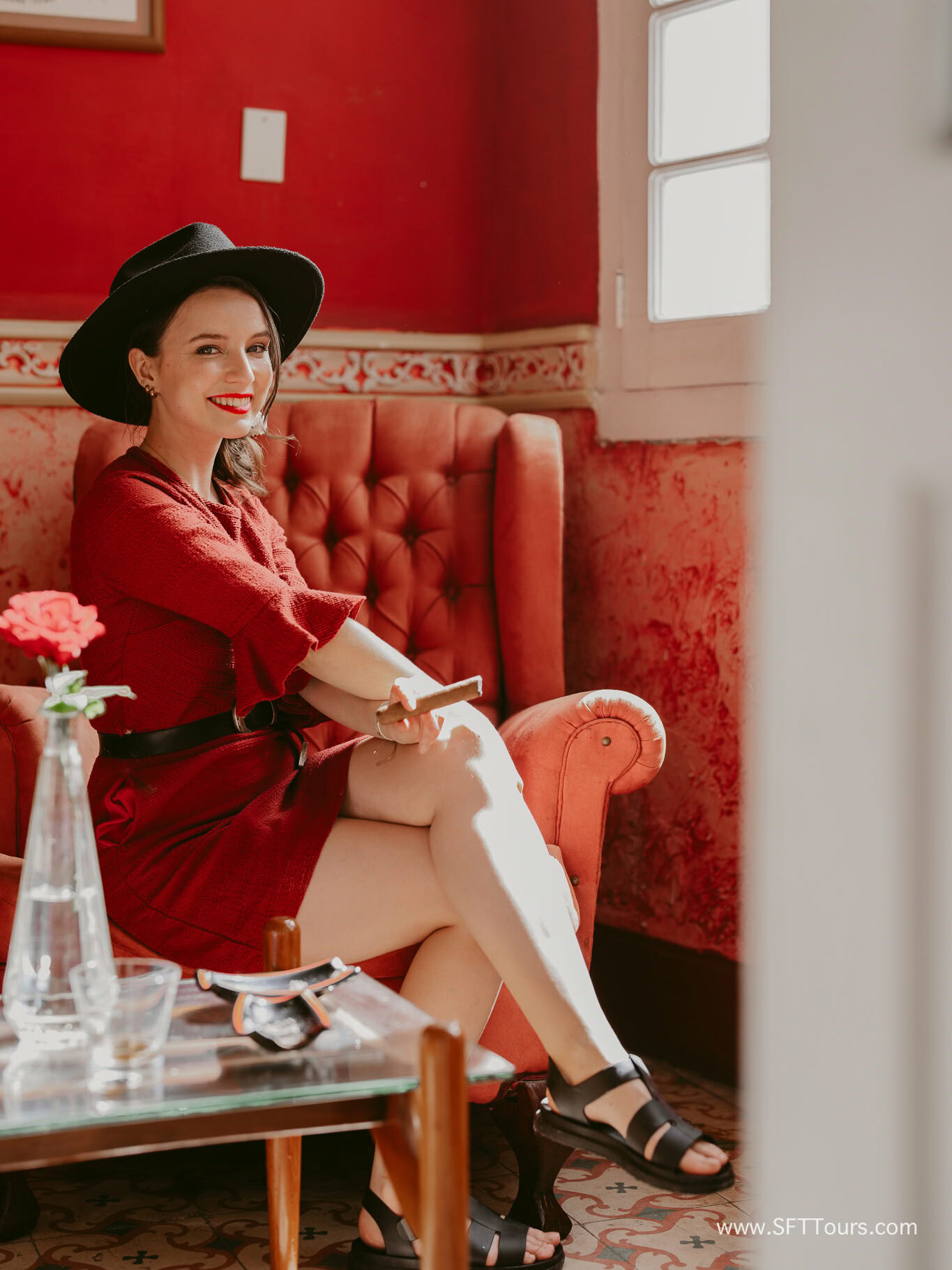
*Respondents had to be above the age of 18 to participate
Care more about:
- Solo travel is meaningful. It’s a challenge and self-growth opportunity, a chance to meet new people, to reset from a major life event, to be alone and to volunteer. They love the flexibility even more than other age group.
- Safety and something bad happening is a much higher concern than any other group. They are also more likely to find themselves in dangerous situations and being the victims of a crime.
- Others: What other people think, being judged, feeling lonely and eating alone.
- Popularity & adrenaline: They are more likely to choose iconic, instagrammable and popular destinations, adventure activities and nature. They also consider the tourism infrastructure.
- Care free travels: Less likely to buy travel and health insurance, use anti-theft bags and worry about any of the challenges of solo travel except for safety.
Care less about:
- Safety measures are implemented less often; they rarely use anti-theft bags, and are less likely to purchase travel and health insurance.
- Women only group trips are less interesting, they prefer co-ed environments.
- The beauty of a destination and how it handled COVID.
Also on this page: Summary of stats I Detailed stats | Get tailored reports I Previous year’s reports
D. Women’s wish list and requests
Don’t use the phrase, “just one?”
We asked our survey respondents to tell us how the travel industry can support them and the pain points were consistent with the previous 5 years.
With solo travel on the rise and women at the forefront of this trend, travel companies who capture this opportunity early, by focusing on the needs and wants of this segment and their pain points, will unlock the next big opportunity in travel.
1. Feel & be safer
“Have a list of all the laws that may impact us for a destination ON the booking portal (not links outward), that’s regularly updated/translated by legal staff, or add badges to hotels based on review keywords (like “bad area”, or “difficult to get to from public transport” or “noisy at night”). I’ve heard so many horror stories and seen some really weird things, and keep thinking I should read up and make sure but it’s so hard tracking down all the diff websites. Finding out about the “on the ground” situation about hotels and train stations etc is just as difficult (those reviews sometimes get buried). So it’d be nice if travel agents/booking portals made themselves relevant again by showing they’re looking out for their clients instead of just trying to sell us stuff and then let whatever happen since the money is paid already.”
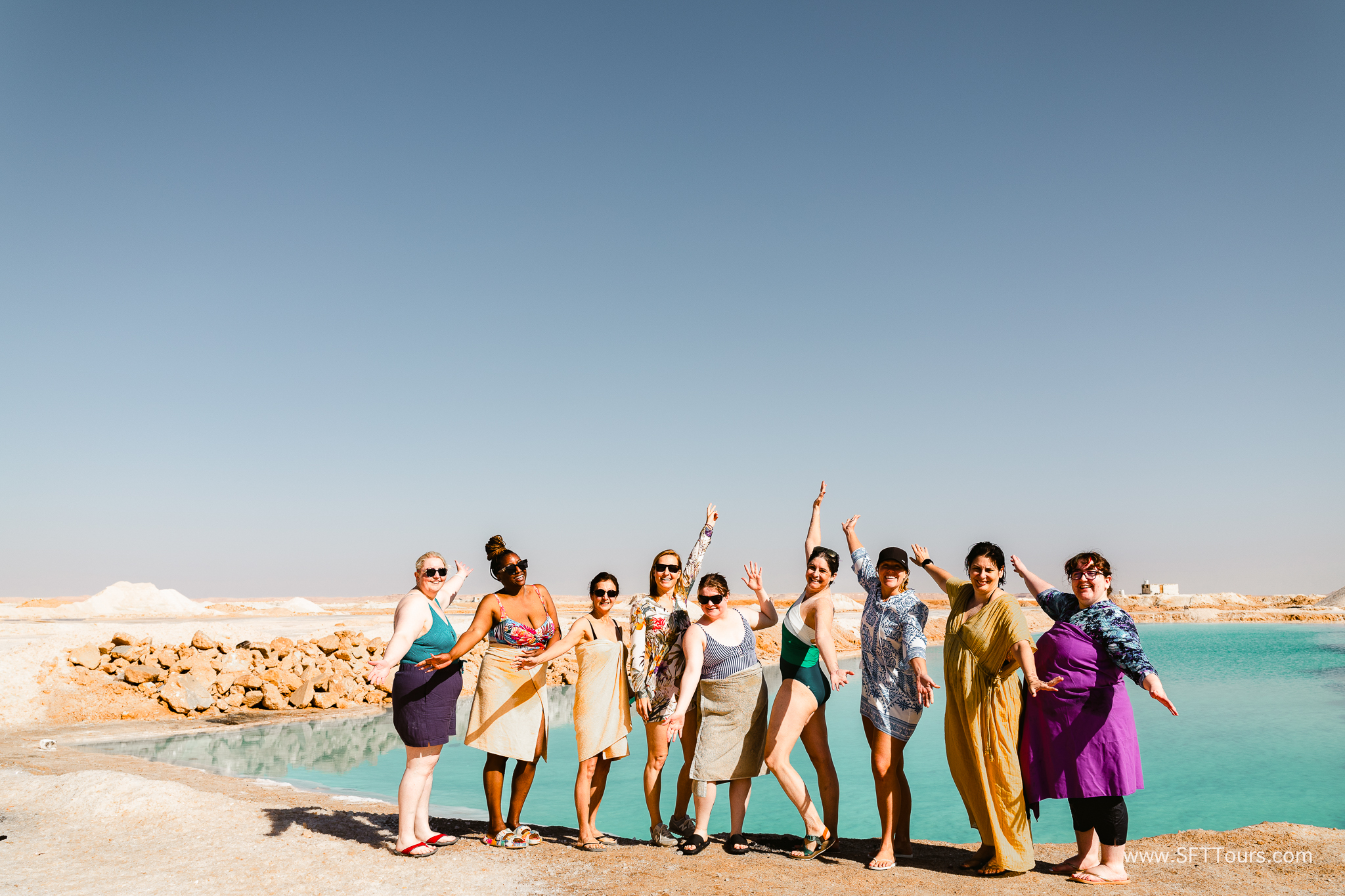
The data point: 18% wants the travel industry to help them stay safer when traveling solo.
Solo female travel safety is a complex, multi-dimensional topic.
It starts with accurate data on the actual risks of a destination (eg. petty theft vs. violent crime) with tools such as our Solo Female Travel Safety Index or our Safety Tips.
It continues with on the ground support from hospitality staff who can provide accurate advice tailored to women’s needs without gaslighting or sugarcoating reality.
Lastly, it requires institutional support.
2. The solo AND female tax is frustrating, they want discounts
“Get rid of single supplements or design hotel rooms specifically for singles so that solo female travelers do not have to be penalised for their stay by having to pay extra for a room.”
“I wish reservations (dining, tours, etc) were more accepting of single travelers because it’s frustrating to have to buy 2 tickets”

The data point: 25% wants the travel industry to stop charging more for solo travelers than couples.
The solo tax is the bane of solo travelers and manifests in many ways:
- Single supplements charged when a person is booking a tour for 1 instead of 2. This stems from higher room / cabin costs when not having someone to share with, in addition to the revenue loss from not filling that spot on limited availability products like cruises. We price all our group tours on a per person basis and pair travelers so they can share.
- Day tours and activities having a minimum of 2 travelers to go ahead and forcing solo travelers to pay for two people.
- Women-only hostel rooms being priced higher than mixed dorms, “limited female only dorms and they’re always more expensive than the mixed dorms”.
- Restaurants not allowing bookings for 1 person, or placing solo diners in worse off locations (by the kitchen, in a corner, behind a column) or at the bar.
Instead of paying more, solo female travelers want specific offers for them.
- Solo rooms or cabins: Smaller, more basic rooms at hotels and cruises designed for solo travelers at discounted rates.
- Shared tables at restaurants, earlier times for solo diners, options to pair solo travelers open to connections, solo events, etc.
- Solo offers waiving supplements early on or as a last minute option to fill empty spots.
3. From niche to mainstream; it’s time to stop stigmatising
“I wish people would destigmatise females traveling solo so that people would stop assuming I’m lost, need a man to accompany me and no one would harass me”
“Normalize solo travel in a variety of ways: in advertising, media, social media, etc. When we see solo female travelers in articles or commercials, etc., then it seems more accessible to us.”
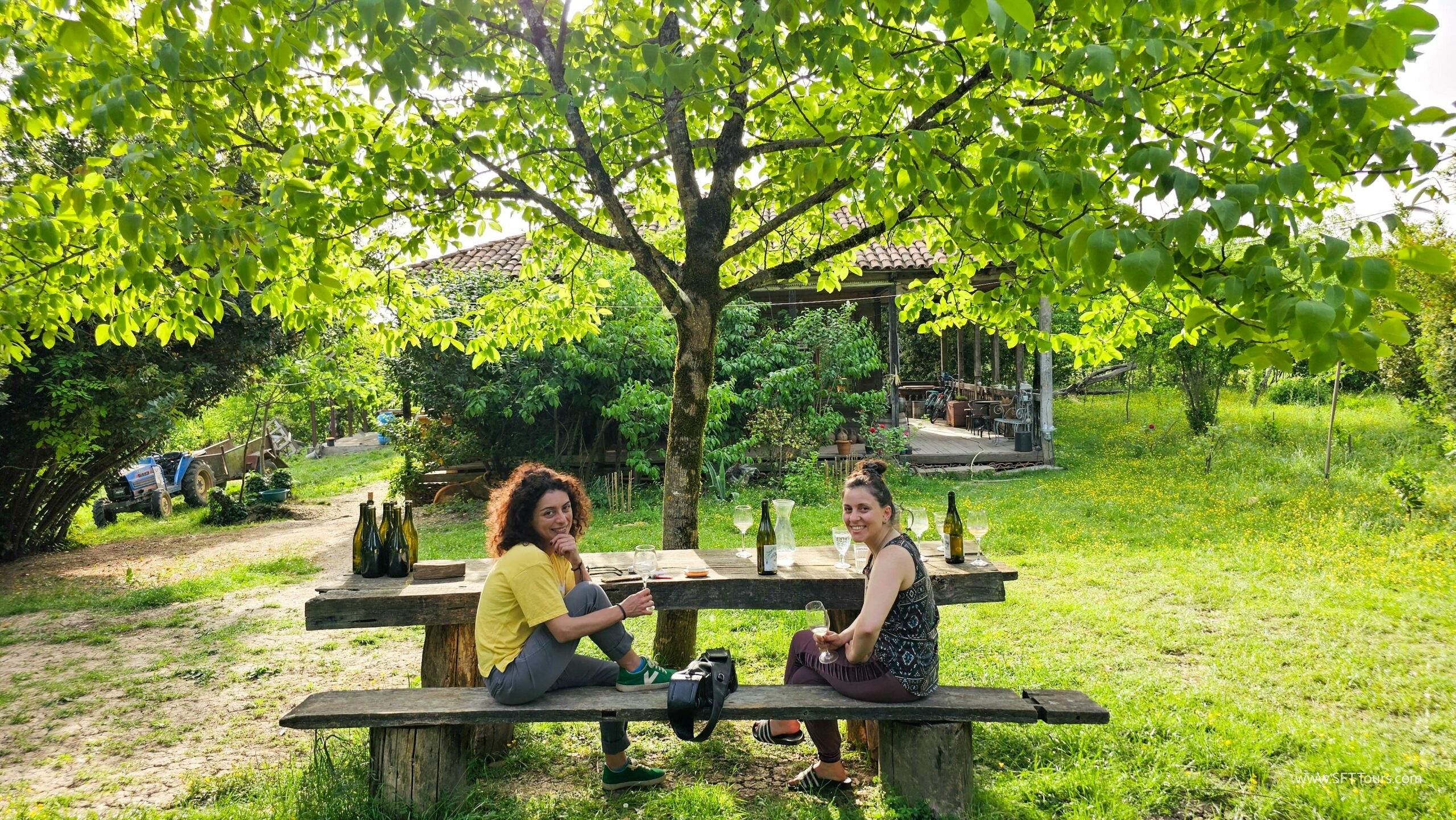
The data point: 5% asks for solo travel to be normalised and de-stigmatised. At the same time, they also want for the travel industry to encourage it more, beyond stereotypes, making it more visible to women from all walks of life.
Solo travel is not niche, it is mainstream, and travel industry marketing materials need to catch up with this reality and start showing realistic solo travelers as much as they show couples and families.
The profile of a women traveling solo is not monolithic, and their needs vary, especially by age group. Products and marketing materials should adapt.
4. Women want female spaces
“I’d like to see ‘Great for solo travellers’ as a search option on travel sites in the same way they list short breaks, beach escapes, adventure holidays etc.”
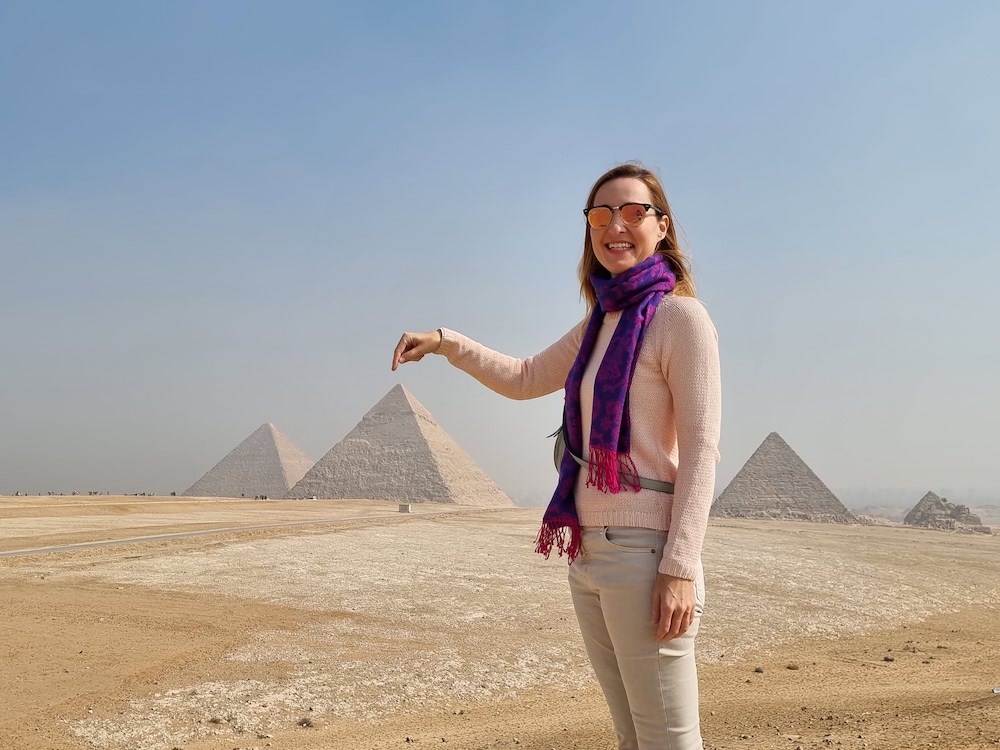
The data point: 8% would like more women-only travel offers / products / services and spaces as well as ways to find them. They want to support female led business, and feel safer with a female guide, driver, etc.
Just like products that are designed for families and couples, women traveling solo have their own needs and wants and should be offered matching products designed by experts who understand them.
“We need more variety of female friendly products and services, from tours that aren’t centred around shopping and spas (because women have a variety of interests!), to backpacks designed for women – not pink ones, but ones built for shorter backs and more hip weight distribution, which is GENERALLY how our bodies are built – we aren’t short men!”
It also includes treating solo travelers, men and women, as “less than” and lower value customers that can be provided a sub-par experience. As one respondent puts it,
“More options specifically for solo travelers that aren’t the worst options, i.e. a table in the hallway or next to the kitchen, the worst room, being put in the corner, etc.”.
We are the future, and brands need to start realising that.
5. Train hospitality staff to be aware and support solo female travelers
“Train hospitality staff, especially male staff, to be more aware of the dangers solo female travellers face, and be able to pick up on cues that some situations might need intervention.”
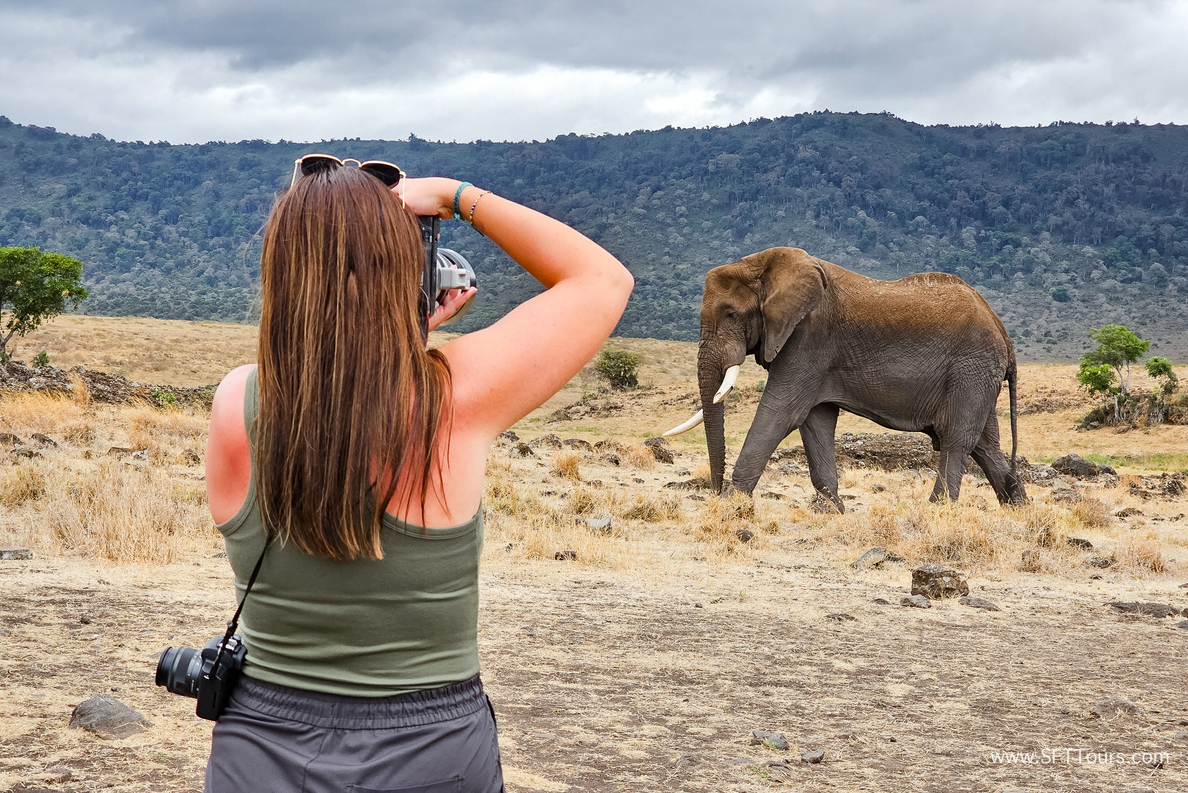
Pointing out the fact that a woman is traveling without a companion is not only putting her in an uncomfortable situation, but also ignoring the risk to her safety this presents when others around her can also hear it.
Businesses should train staff to pick on the cues and be aware of the situation to provide adequate advice that adapts to women’s needs. For example:
- Avoid language or behavior that could unintentionally make women travelers uncomfortable, like “Just you?” or “Where is your husband?” or “How do your children survive without you?”.
- How to spot solo female travelers in distress and offer sensitive help, for example women being harassed at a bar or receiving unwanted attention.
- Take note of details that could put female travelers in danger such as announcing their room number out loud at check in or at the breakfast room.
- Assigning rooms that are safer, such as those without direct window access to the street on a lower floor, far away from emergency exits or on ground floors with doors to the street.
- Provide solo women travelers specific advice such as safe / unsafe areas, the hotel’s telephone number in case of emergency, recommendations for getting around, common local scams or safety tips. Recognize common gaslighting of guests, with comments such as “Of course, our neighbourhood is safe” or “[City name} is as dangerous as any other city”.
- Know how to deal with sensitive situations such as what to do if a guest reports an incident with a member of the staff, asking her for her number, offering special treatment like free drinks or food or showing up to her room unannounced.
E. Who participated in the Solo Female Travel Survey

Respondents were split between women who had traveled solo (approximately 2,000 responses) and those who had not traveled solo yet (approximately 800 responses), and each were asked to fill a unique list of questions, with the objective to:
- Provide the travel industry with accurate, updated and detailed solo travel insights, specifically of the needs, preferences, behaviors and challenges of solo female travelers;
- Shed more light into the attitudes of solo female travelers across the world, globally and by region, age group and experience solo traveling, towards marketing efforts, travel providers and destinations.
- Understand the travel preferences of solo female travelers and help the travel industry make data-based decisions on product launches, product details and pricing with solo travel statistics and facts.
Respondents were distributed by age groups from 18 to 88 years old and came from over 90 countries.
How We Can Help You: Our Services
Are you looking to better tailor your offer to Solo Female Travelers? Do you want to better understand this segment to adapt your offer? Are you a hospitality leader who wants to train their team to be more aware of the needs and challenges of women who travel solo?
Reach out to us to discuss how we can help you with in-depth data or with our in-depth expertise.
1 Request a bespoke report
Have a query that our published statistics didn’t cover? Would you like a tailored report looking at a specific solo female traveler segment?
Contact us to request a bespoke report, cutting / segmenting the data in a way that makes a difference to you.
2 Learn how to serve solo female travelers
We provide consultancy services on how your business can better serve / cater to Solo Female Travelers, based on our annual survey insights and our 20+ years of experience as solo travelers and as leaders in the community.
Learn how to adapt and enhance your product to perfectly suit the type of solo female traveler you want to target.
3 Staff training for Female Travelers
We provide corporate and staff training to equip your employees with the knowledge and skills to properly serve Solo Female Travelers.
We offer a range of learning options and can help you adapt your guest welcome processes or your concierge service.
Previous year’s reports
Read the previous annual reports here:
- The 2021 Solo Female Travel Survey results here.
- The 2022 Solo Female Travel Survey results here.
- The 2023 Solo Female Travel Survey results here.
- The 2024 Solo Female Travel Survey results here.
Copyright Notice & Disclaimer
Solo Female Travel Trends is a publication of Solo Female Travelers. Reproduction of this page / report without express permission is not allowed, except in the case of brief quotation. To quote or reference the survey results, it must be accompanied by a link back to this page as the original source.
This article contains information about Solo Female Travel. The information is not advice, and should not be treated as such. There are no representations or warranties, express or implied, about the completeness, accuracy, reliability, suitability, or availability with respect to the information provided. We do not represent, warrant, undertake or guarantee that the use of guidance in the report will lead to any particular outcome or result. The authors do not assume and hereby disclaims any liability to any party for any loss, damage, or disruption due to use (or misuse) of information, conclusions and insights.

